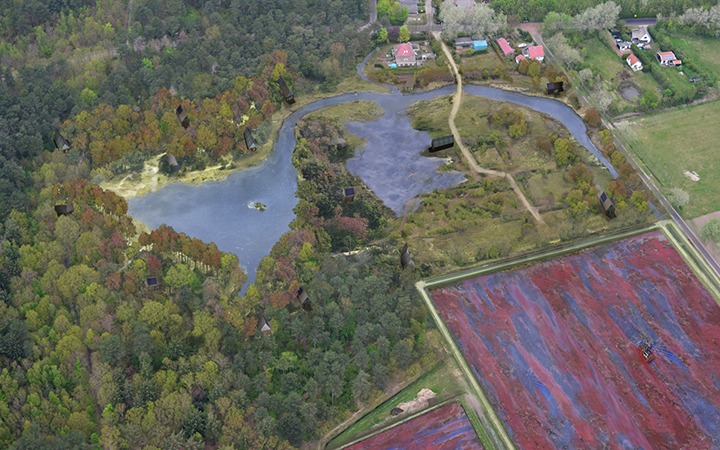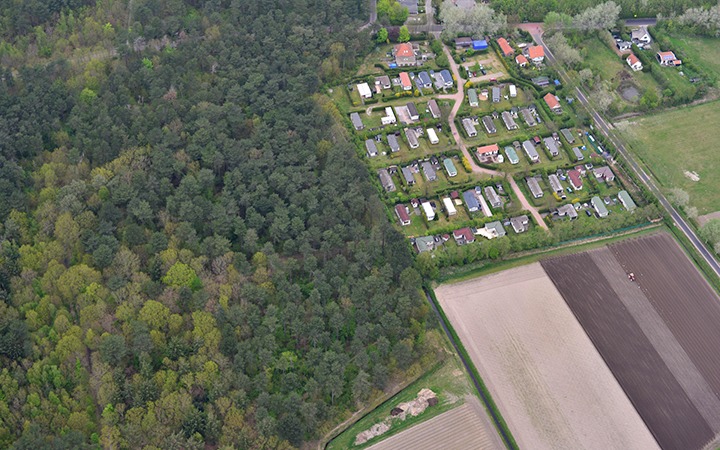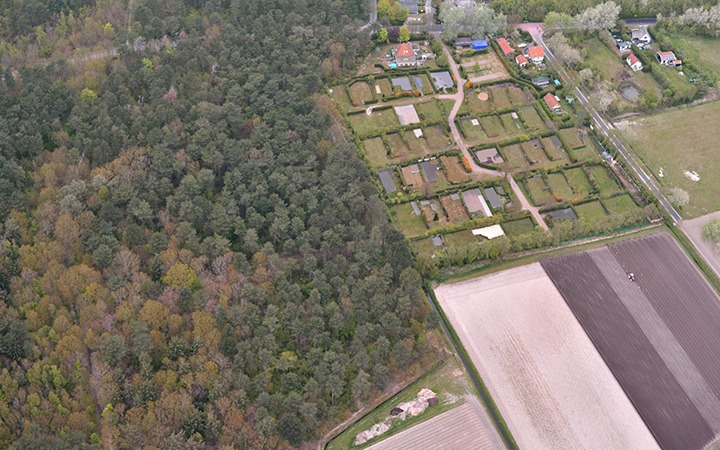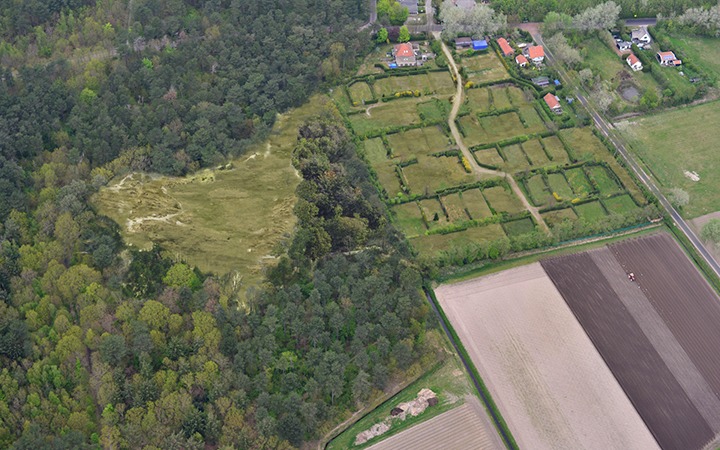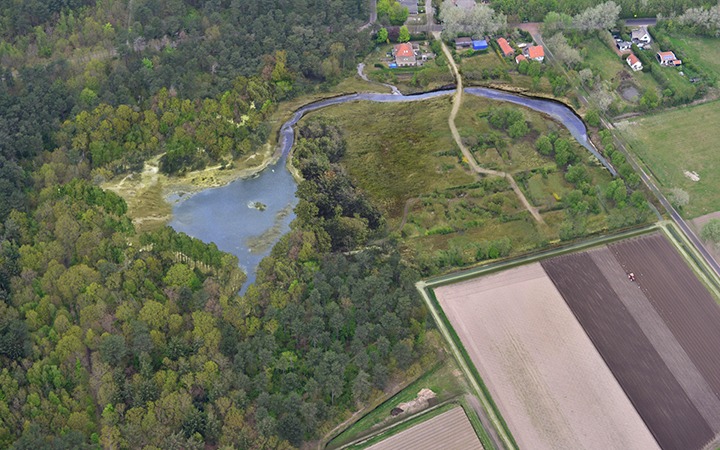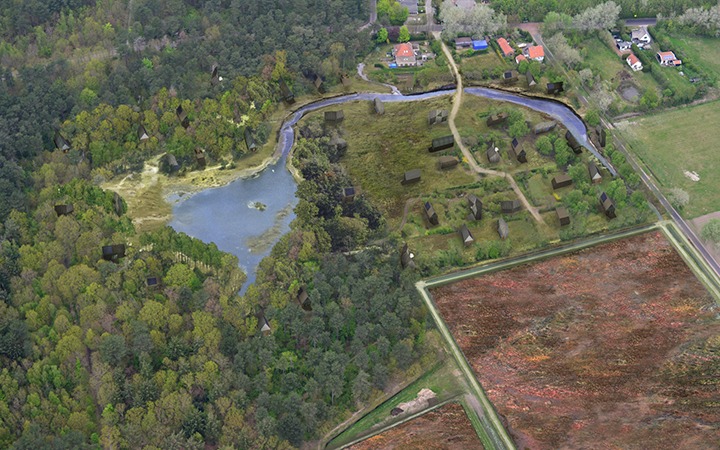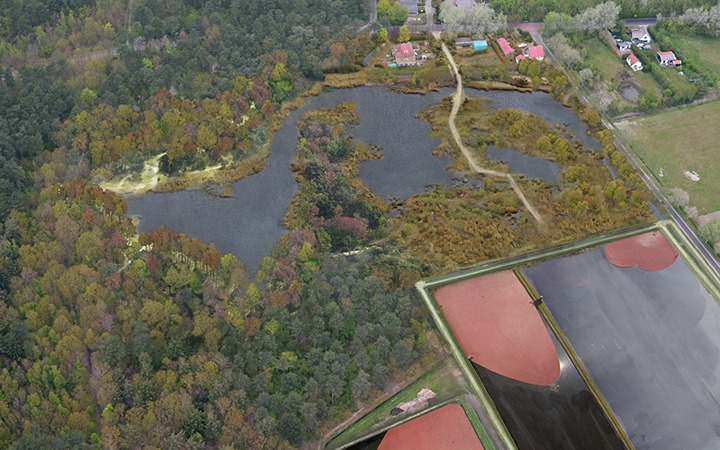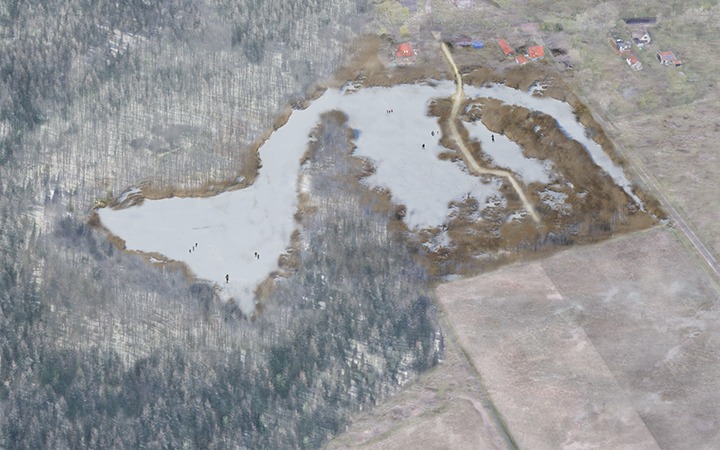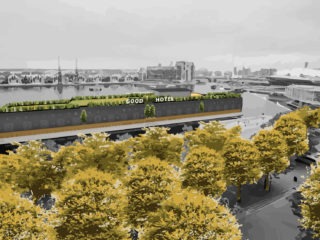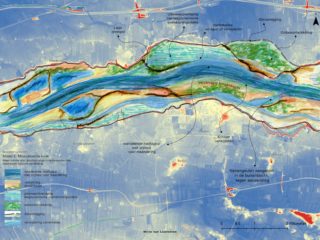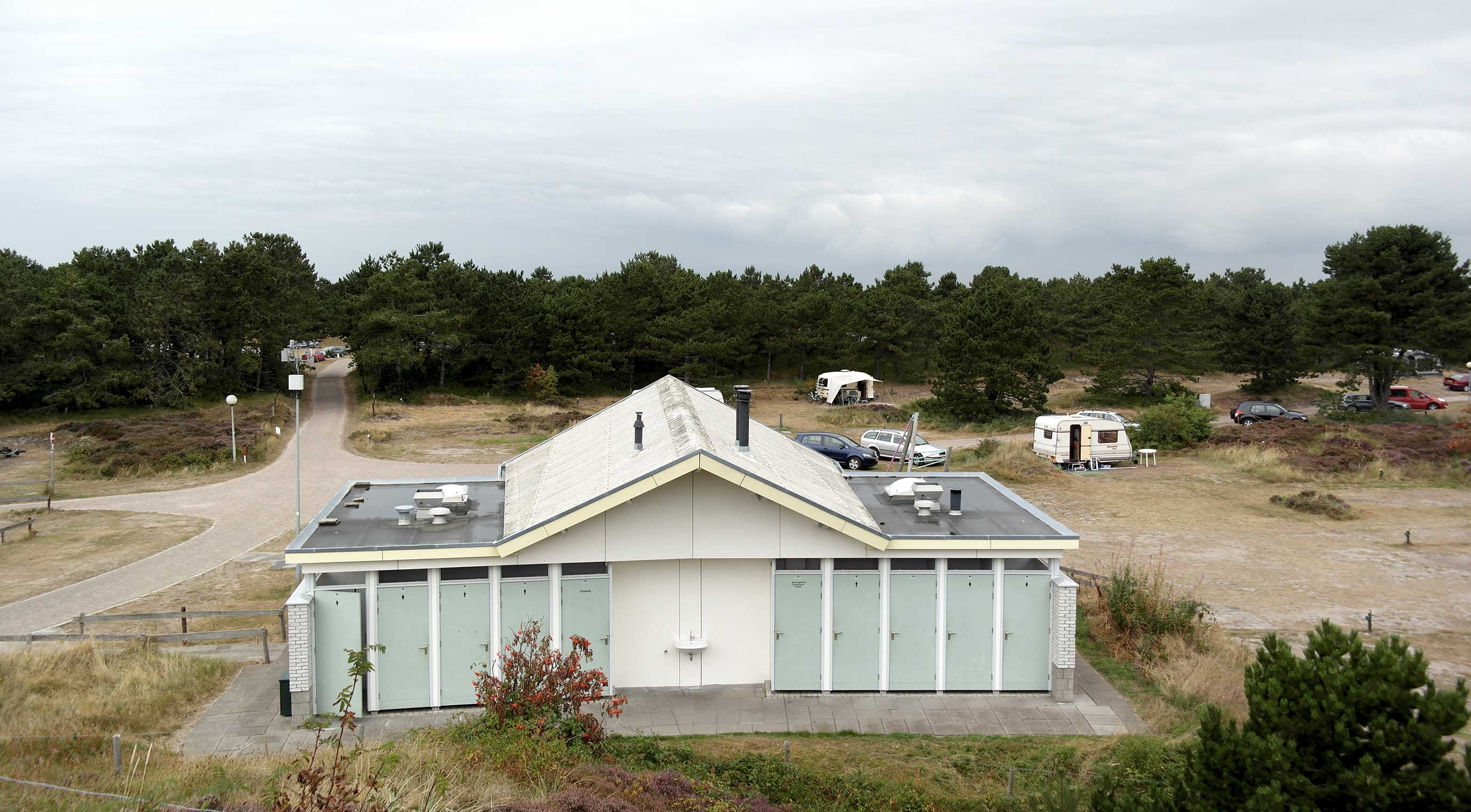
Future Proof
How can Texel be even more independent from the main land and foresee in its own needs and wishes? This study proposes a series of activities that are all emphasising the natural dynamics of this prestine location.
The aim of the research project is not only to show an inspiring vision on Texel of the future, but also to propose a couple of specific pilot projects, that Texel can turn into practice right away.
The study shows locations where and how this can be achieved. This regards towns, recreational facilities, nature, agricultural land, a dike a salty marsh and an energy plan.
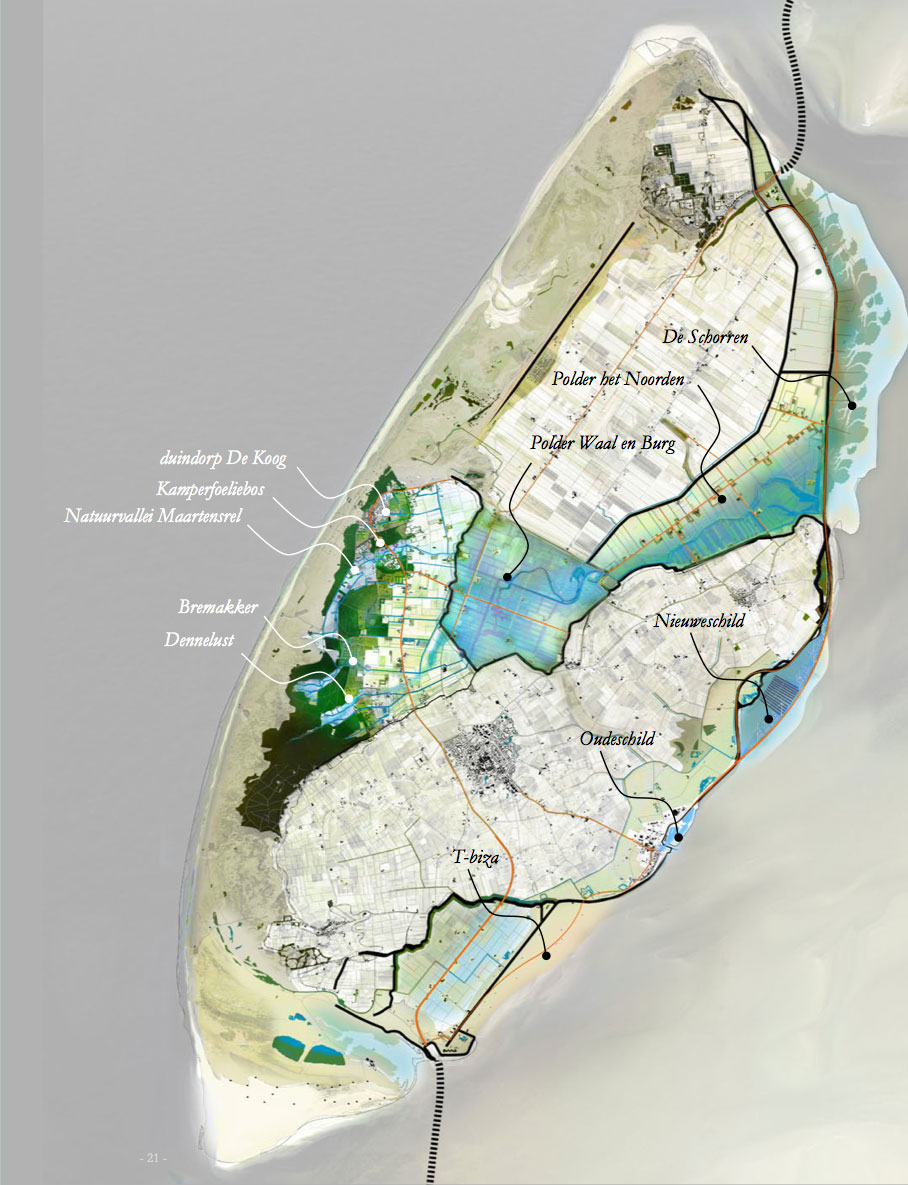
Revitalizing the water system
At the edge of the dunes and the polder clean seepage water is collected. At this moment petrified bungalow parks occupy this zone. The water has nowhere to go.
By taking our pavement and making room for water streams and ponds Texel can benefit again from its own sweet water supply. This strategy can be turned into practice by each individual landowner.
Seasonal recreation
This is an example how one of the recreational terrains can become part of its natural surroundings, change with the seasons, and how self-sustainable designs can be implemented in the beautiful surroundings to spend the night at Texel.
More nature = more recreation
As a financial impuls for the landowners to ‘naturalise’ their bungalow parks they can seasonally extent their facilities.
In summer 120% of the capacity is available, by placing mobile homes in nature. In winter time, the facilities are stored and nature can restore itself.


